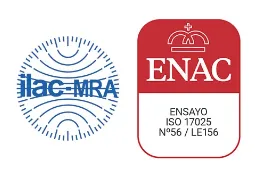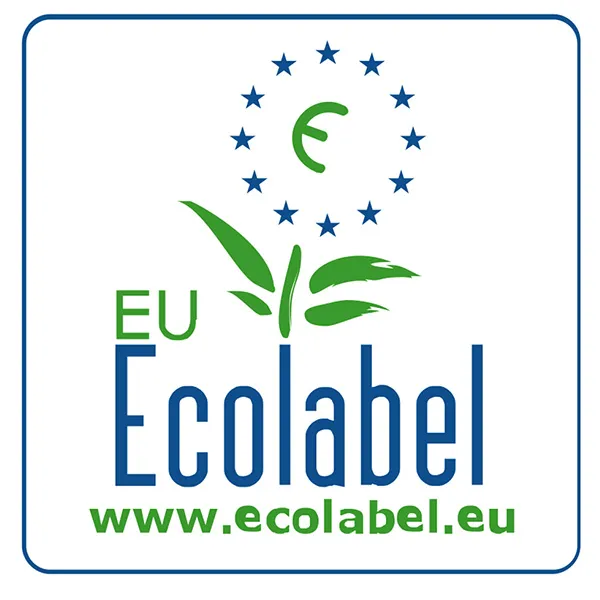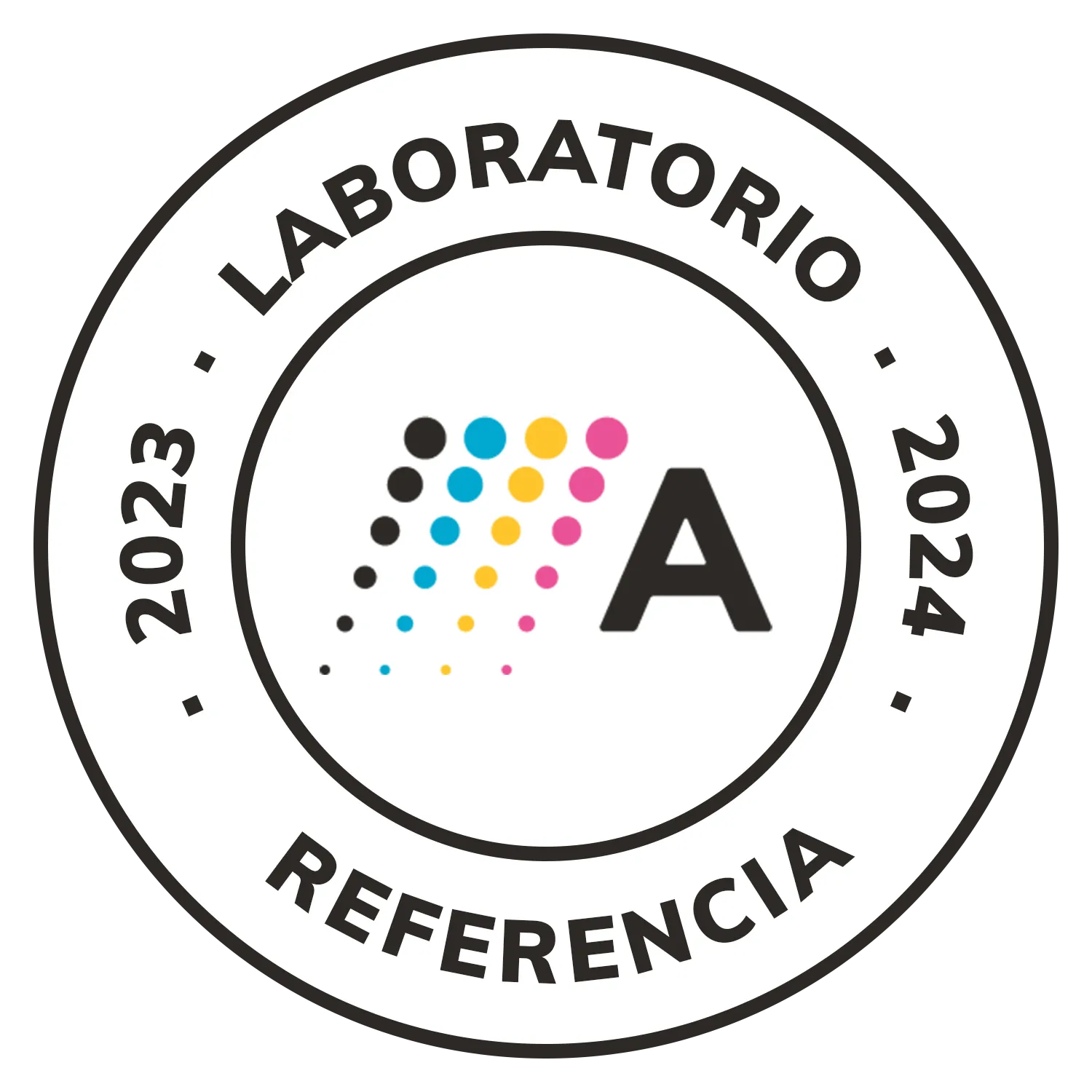Ageing and climatic testing
Conducting these tests is essential to assess the materials' resistance and ensure their long-term performance.
We all have sometimes faced the difficult decision of choosing between different car brands and models. This wide range of possibilities makes manufacturers seek to differentiate their products from the competition.
There are many key aspects that can differentiate a product from its competitors: price, size, design, quality or durability. One of them, durability, is one of the most important features for many clients when selecting a product. The main problem of ageing is that it takes so long to appear. For this reason, in these cases, previous experiences are very important, as well as the performance of accelerated ageing testing in a laboratory.
Ageing and climatic tests are used to measure the evolution of materials in extreme atmospheric conditions. To achieve this, a series of specific climatic and/or light conditions are recreated, typically simulating the extreme conditions the materials will endure throughout their lifespan.
What these external agents are
Temperature
Extreme temperatures act as an accelerator of any ageing process in materials and products. Generally, high temperatures may cause the degradation of plastic, corrosion in metals or even loss of adhesion in paints and coatings. Low temperatures normally affect polymers due to their fragilizing effect.
Thermal shock
Sudden temperature changes or thermal shocks can also cause serious accelerated ageing problems. Many materials are prepared to withstand extreme temperature conditions. However, they do not cope well with sudden changes, which may result in mechanical problems or cracks. This type of test is very common in parts close to the engine since they are exposed to this kind of scenario.
Humidity
Humid environments or direct contact with water are a big problem for some products, so the corrosive action of water is measured in its different phases and forms, keeping in mind relevant factors such as relative air humidity and its salinity. This kind of condition normally generates discolouration, corrosion and oxidation problems and loss of functionality of coatings.
Light radiation
The ageing of polymers can be accelerated using different types of light:
- Ultraviolet B (UV-B): comprises shorter wavelengths (280 to 320 nm) and accounts for approximately 0.4% of total solar radiation.
- Ultraviolet A (UV-A): covers slightly longer wavelengths (320 to 400 nm) and accounts for about 6.4% of total solar radiation.
- Visible spectrum: includes the wavelengths perceptible to the human eye (40 to 800 nm) and accounts for the largest part of solar radiation (approximately 55.4%).
- Infrared: comprises longer wavelengths (800 to 2,450 nm) and accounts for about 37.8% of total solar radiation.
Combined light-temperature-humidity testing
- Day-night cycles: These tests replicate changes in irradiation and temperature between day and night, with different periods of irradiation and non-irradiation, as well as temperature rises and falls.
- Rain and heat cycles: These tests make it possible to simulate hot and humid environments, as well as dry and humid environments, combined with radiation.
- Filters that simulate windows: The choice of different types of filters, such as window glass, or boron/boron or quartz/boron windows, can adjust the simulated solar irradiation.
- Controlled humidity cycles: These tests involve exposure to specific humidity conditions ranging from highly humid to dry environments.
- Other ageing cycles: In addition to the ones mentioned above, there are other ageing cycles designed to simulate specific conditions, such as exposure to intense UV radiation, exposure to salinity for marine applications, and even extreme temperature cycles.
At AIMPLAS, we have the knowledge and appropriate equipment to offer solutions adapted to specific needs to test the behaviour of plastic materials exposed to external agents.
Preguntas frecuentes
The main goal of accelerated ageing tests is to calculate or measure the lifetime of materials to guarantee that the products marketed or integrated into the production chain comply with the quality requirements established in current legislation.




